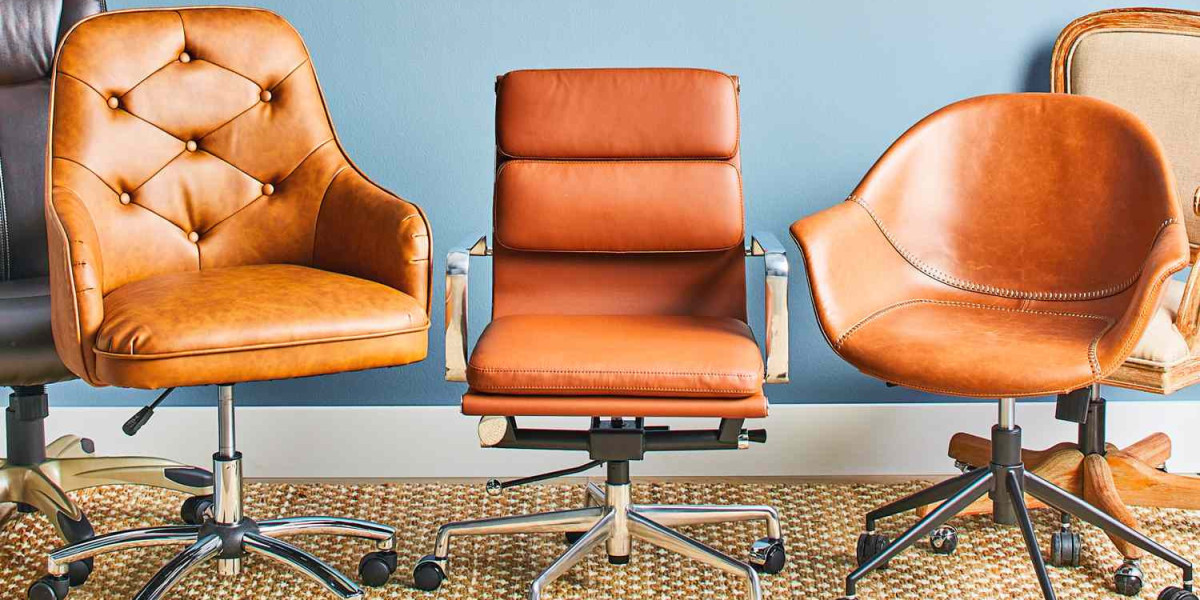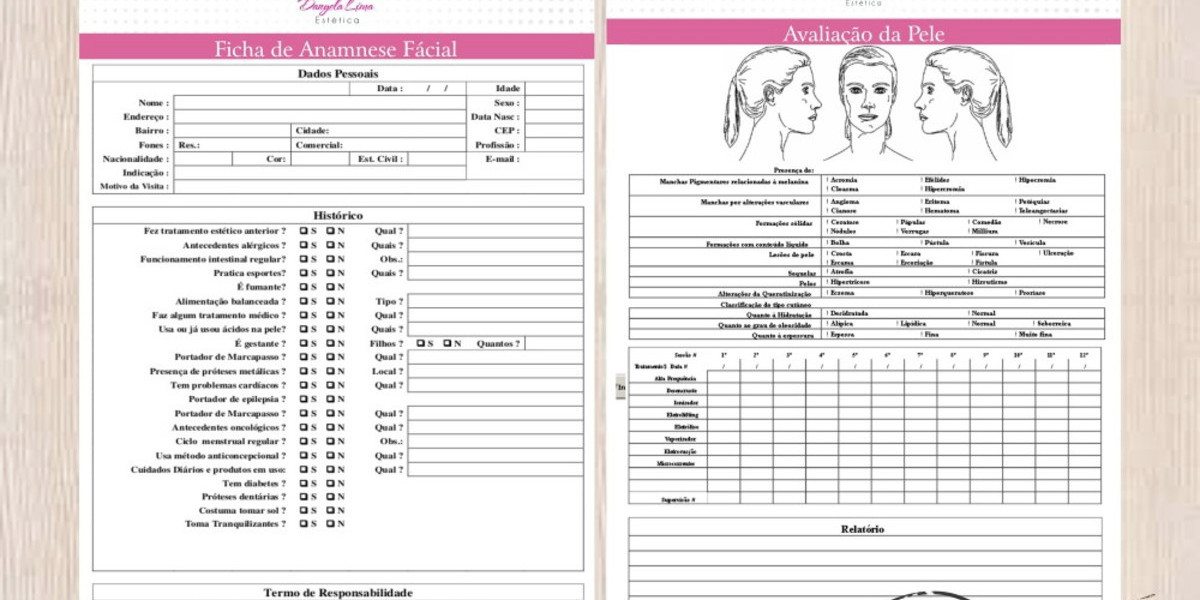Designing a collaborative workspace with flexible office furniture requires a balance between adaptability, comfort, and functionality. By fostering a dynamic environment where employees can easily shift between individual tasks and group projects, a well-designed space can boost creativity and productivity. Here’s how to create a collaborative, flexible workspace:
1. Modular and Mobile Furniture
- Modular Desks and Tables: Desks and tables that can be rearranged into different configurations allow for easy transition between solo work and group collaborations. Choose lightweight, modular pieces that employees can move around as needed.
- Mobile Chairs and Workstations: Furniture on wheels, such as chairs and mobile workstations, gives employees the freedom to create their own layouts and quickly change the space for meetings, brainstorming sessions, or focus time.
- Adjustable Height Desks: These enable users to switch between sitting and standing, offering comfort and flexibility while also accommodating varying working styles.
2. Open Plan Layouts with Flexible Zones
- Collaborative Zones: Dedicate areas for team collaborations that include larger tables, flexible seating, and open, shared spaces where employees can work together. You can use movable partitions or shelving units to create semi-private areas while maintaining an open floor plan.
- Quiet Focus Areas: To balance the open-plan concept, provide quiet zones for focused work or private discussions. These spaces can be separated by soundproof dividers or placed away from high-traffic areas.
- Breakout Spaces: Designate informal areas with soft seating and coffee tables where employees can meet casually for spontaneous collaboration. Beanbags, couches, or small tables help make these areas comfortable and approachable.
3. Multi-Functional Furniture
- Convertible Furniture: Choose furniture that serves multiple purposes, such as tables that double as whiteboards or partitions that can also store supplies. This keeps the workspace flexible and helps reduce clutter.
- Stackable Chairs and Folding Tables: Chairs and tables that can be stacked or folded when not in use free up space for other activities, like workshops or team-building exercises.
4. Technology Integration
- Tech-Enabled Furniture: Invest in furniture that supports technology needs, such as desks with built-in power outlets, wireless charging, and cable management systems. This ensures seamless connectivity and easy access to devices during meetings or collaborative work.
- Smart Boards and Projectors: Install interactive whiteboards or projectors in collaboration zones to enhance idea-sharing, allowing teams to brainstorm in real-time and display visuals instantly.
5. Flexible Seating Arrangements
- Variety of Seating Options: Provide a mix of seating choices, from ergonomic office chairs to lounge-style seating, for both formal and informal collaborations. Different seating types help accommodate various work preferences and meeting styles.
- Hot Desking: Implement hot desking policies where employees can choose their workstation based on the task at hand. This encourages interaction between departments and ensures that no desk is permanently assigned, keeping the space fluid.
6. Acoustic Considerations
- Acoustic Panels and Dividers: Use sound-absorbing materials like acoustic panels, hanging room dividers, or rugs to minimize noise in open spaces. This helps reduce distractions while still enabling an open, collaborative environment.
- Quiet Pods or Booths: Install soundproof booths or small pods where employees can go for quiet work or private calls. These can also double as small group meeting spaces for more focused discussions.
7. Flexible Storage Solutions
- Mobile Storage: Use rolling cabinets or lockers that can be easily moved around the space as needed. This allows employees to access files and supplies wherever they’re working without taking up permanent space.
- Shared Storage Units: Centralized storage units, like shelving or cubbies, can be shared among teams. Make sure storage is easy to access and doesn’t interfere with the flexibility of the layout.
8. Incorporate Collaborative Tools
- Whiteboards and Corkboards: Place whiteboards or corkboards around the workspace for brainstorming, idea-sharing, and quick notes. These tools are especially useful in collaborative zones where creativity is encouraged.
- Mobile Presentation Stands: Equip the workspace with mobile stands for presentations or discussions. These can easily be moved from one meeting area to another.
9. Personalization and Flexibility for Employees
- Adjustable Features: Allow employees to customize their workspace with adjustable lighting, desk heights, and seating options. This personalization enhances comfort and productivity.
- Customizable Spaces: Offer some degree of control over the workspace design, allowing teams to modify the layout based on the project they’re working on. This could include movable walls, partitions, or other configurable elements.
10. Wellness and Comfort
- Natural Light and Biophilic Design: Incorporate large windows and natural light where possible. Adding plants and greenery helps improve air quality and creates a more inviting atmosphere conducive to collaboration.
- Ergonomic Design: Choose ergonomic furniture, such as chairs with proper lumbar support and desks that promote good posture, to ensure employee comfort during long collaborative sessions.
- Flexible Break Areas: Include areas for relaxation and informal conversations. These spaces can encourage spontaneous collaboration in a less formal setting.
11. Sustainability in Design
- Eco-Friendly Furniture: Use sustainable materials and furniture that can be easily reconfigured or reused. Prioritize pieces that have minimal environmental impact, such as those made from recycled materials or produced through energy-efficient methods.
- Energy-Efficient Lighting: Install adjustable and energy-efficient lighting solutions, like LED lights, that can adapt to different needs and activities in the workspace.
Benefits of Flexible Collaborative Workspaces:
- Boosts Creativity and Innovation: Flexible layouts encourage spontaneous interactions, leading to new ideas and innovation.
- Enhances Teamwork: Collaborative spaces promote open communication and cooperation between employees.
- Improves Adaptability: Flexible furniture allows quick changes to the workspace based on different project requirements or team sizes.
- Increases Employee Satisfaction: A dynamic workspace that adapts to employees’ needs can boost morale and create a more enjoyable work experience.
By integrating flexible office furniture and designing adaptable spaces, you can create a workspace that enhances collaboration, innovation, and overall productivity.
https://www.reddestin.pk/








